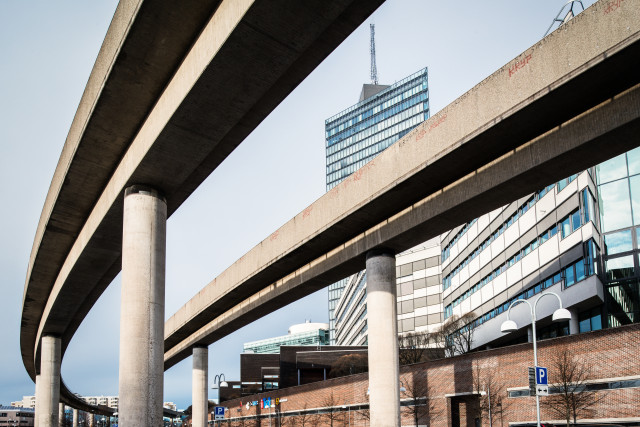The course content is divided between structures in steel and timber. In the steel part, design and assessment of the resistance of beams will be treated considering bending moment, axial force, shear force, and patch loading. Instability phenomena as local buckling, lateral buckling, and lateral torsional buckling will be treated for consideration in design. Additionally, the basics in design of welded and bolted connections will be given.
In the timber part, design of straight and tapered glulam beams will be treated. This includes vibration, lateral torsional buckling, and the effect of holes and notches on the design resistance. Design of nailed, bolted, and screwed connections will be treated.
Moreover, an introduction is given to conceptual design and creation of design drawings for steel and timber structures using a commercial BIM software.
The general the aim of the course is to provide detailed knowledge in analysis and design of structural members in steel and timber. After passing the course, the student should be able to:
- Determine the design resistance of steel beams with unsymmetrical cross-sections considering bending moment, axial force, shear force, and patch loading.
- Explain and analyse the influence of instability phenomena as lateral torsional buckling, flexural buckling and local buckling for steel beams with slender cross-sections.
- Determine the design resistance for bolted and welded connections in steel structures.
- Explain and analyse phenomena as vibration and lateral torsional buckling of timber beams.
- Determine the design resistance for straight and tapered glulam beams, also considering holes and notches.
- Determine the design resistance for nailed, bolted and screwed connections in timber structures.
- Using a commercial software for design of steel and timber structures.
By gathering knowledge corresponding to the listed outcomes, the student is expected to be able to conduct calculations for optimization of structures targeting reduced material consumption and thereby improved sustainability.
